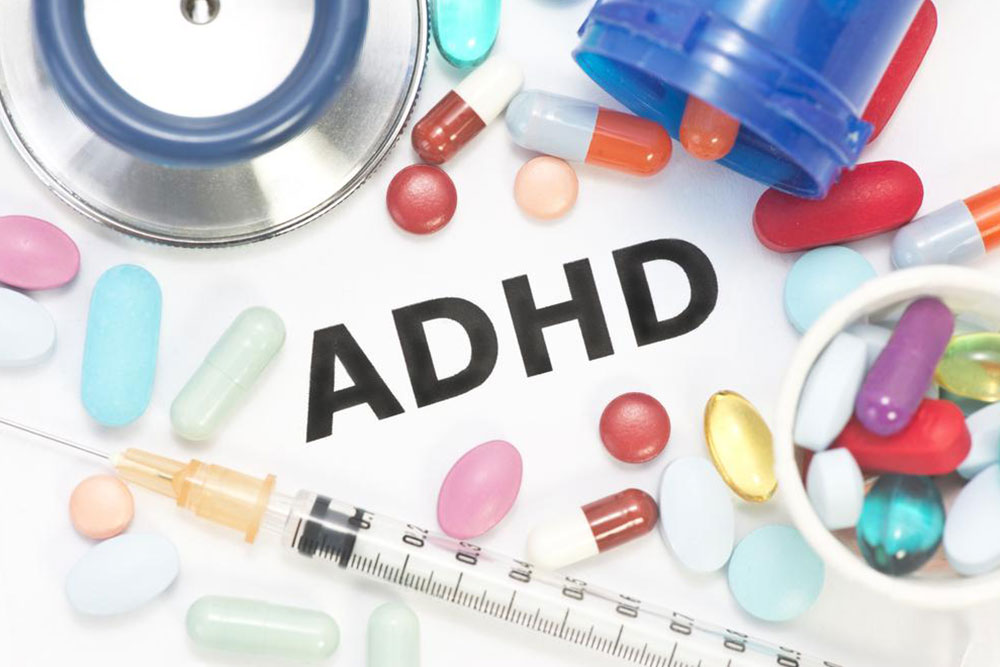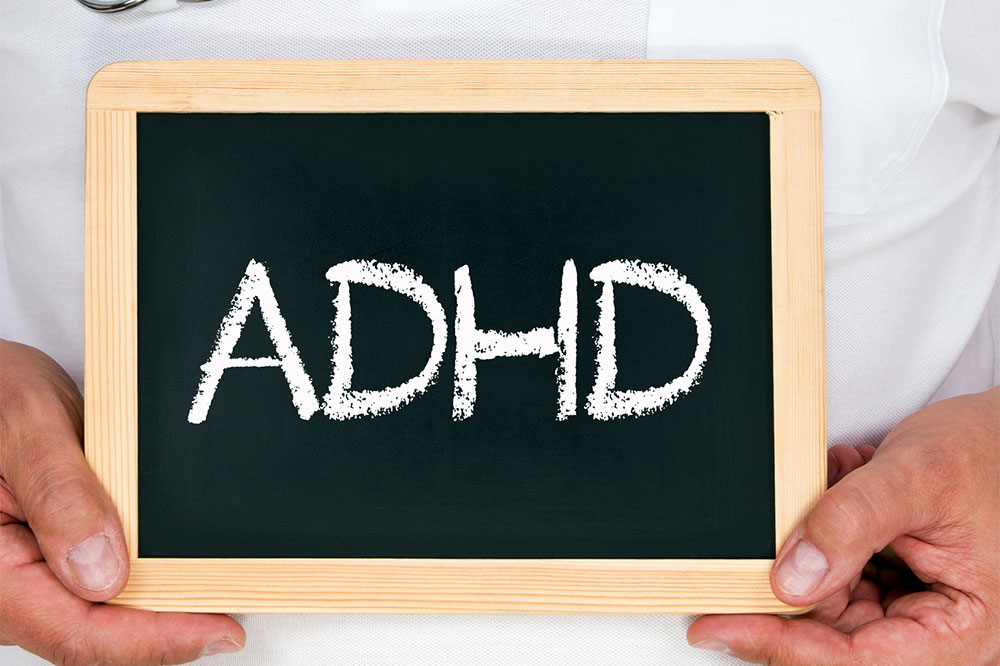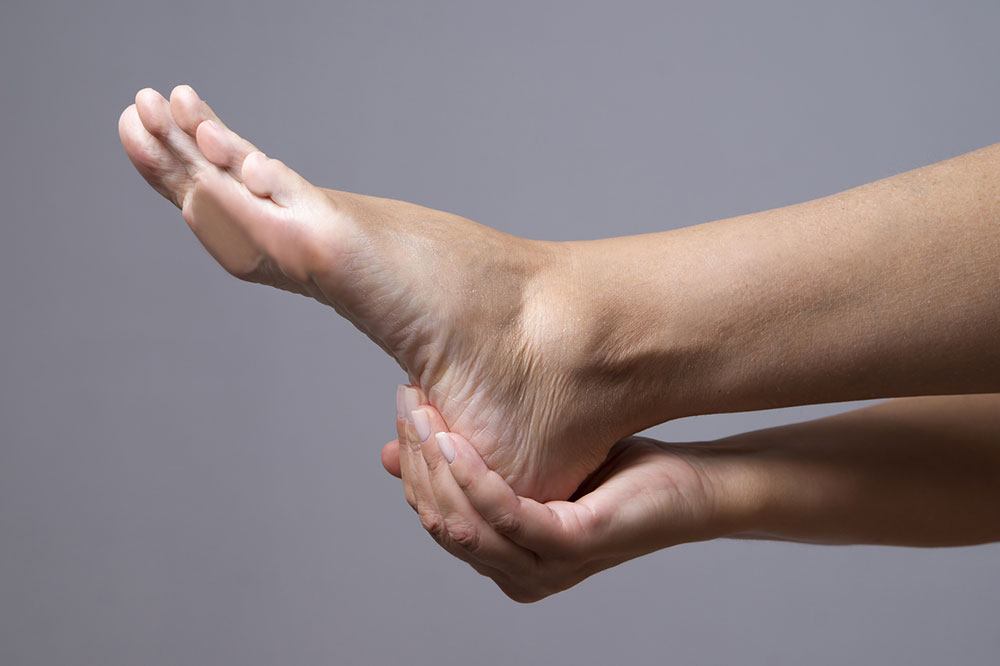Understanding ADHD: Symptoms, Impact, and Treatment
This article explains ADHD, highlighting symptoms, prevalence among children and adults, and treatment options. It emphasizes that early diagnosis, especially in boys, is common, and that ADHD can persist into adulthood, affecting daily life. It provides helpful insights for parents, teachers, and affected individuals to understand this neurodevelopmental condition better.
Sponsored

Attention Deficit Hyperactivity Disorder (ADHD) is characterized by a combination of behavioral challenges such as impulsivity, excessive activity, and difficulty focusing. Typically identified in children aged 6 to 12, symptoms often become more noticeable when children begin school. Parenting a child with ADHD can feel isolating, but it's important to remember that approximately 11% of school-age children in the US—around 6.4 million—are affected. The condition can persist into adulthood, with about 2.5% of adults experiencing ADHD symptoms.
In adults, hyperactivity might decrease, but restlessness, impulsiveness, and attention difficulties usually persist. Treatment approaches are similar for children and adults, although certain medications may vary. Notably, boys are diagnosed with ADHD more frequently than girls, with studies indicating that four out of five cases are in boys. Additionally, boys and men are more often referred for diagnosis and intervention.






